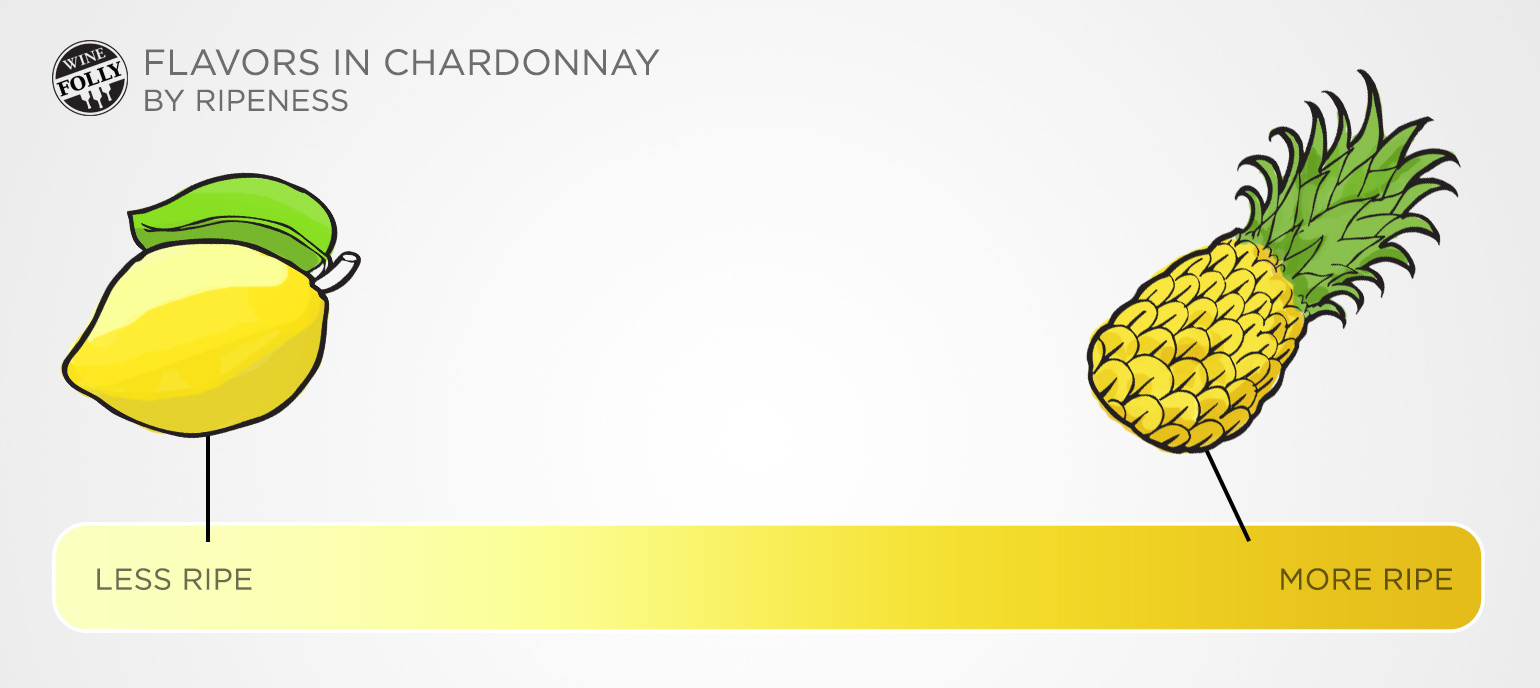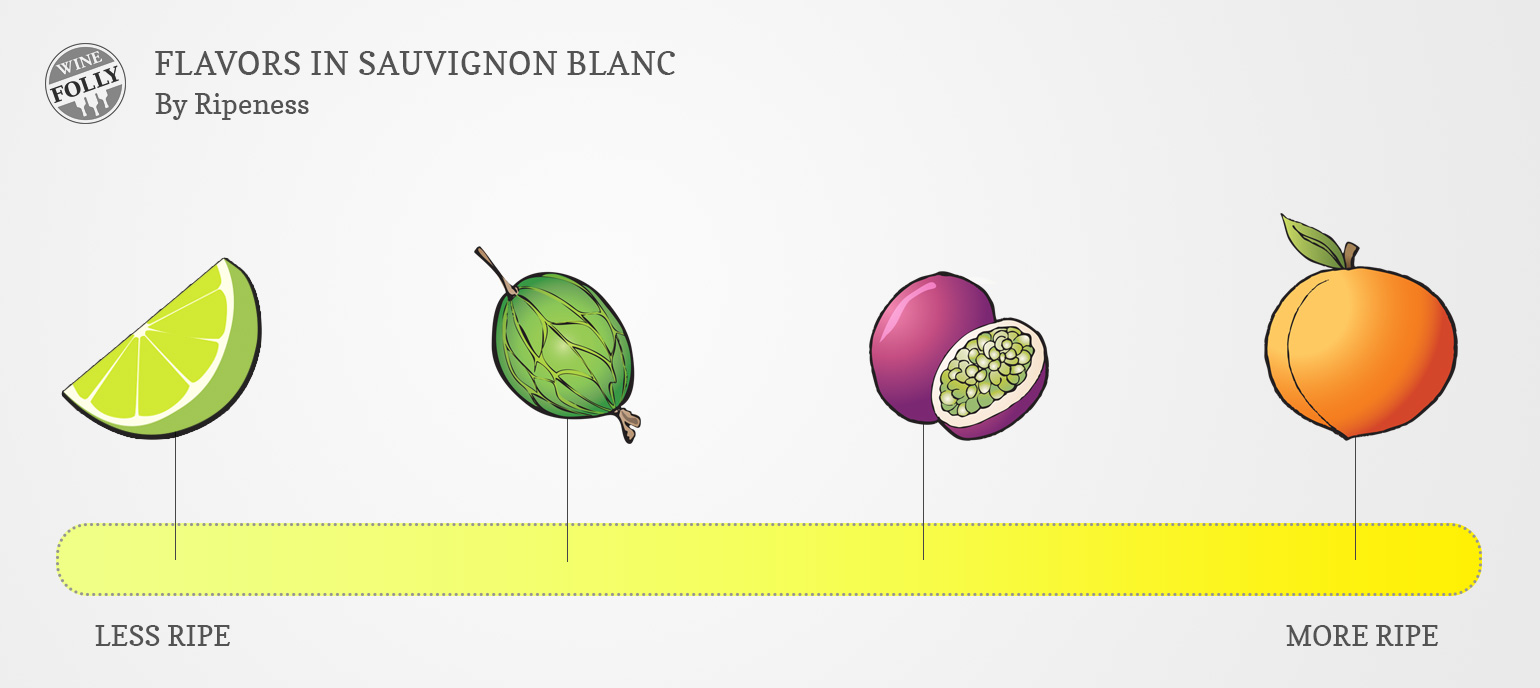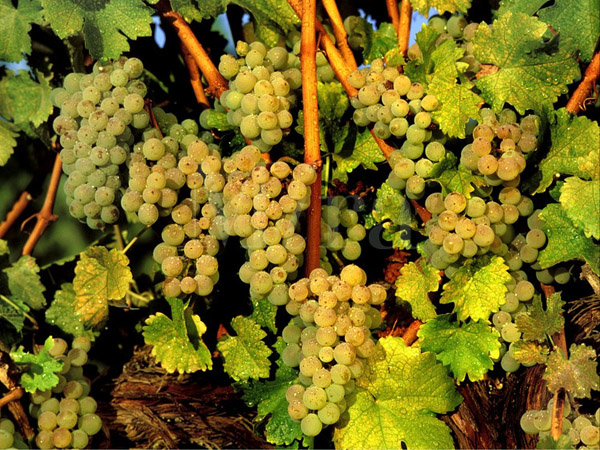Take a closer look at Sauvignon Blanc vs. Chardonnay and get a better understanding of the remarkable difference between the two most popular white wines.
Two Archetypal Wines
If the world were a high school movie, Chardonnay would be the bright-eyed Homecoming Queen, and Sauvignon Blanc would be the ardent class President. Both popular, well-liked, but with two very different personalities.
Chardonnay is big with the whole school of wine drinkers. Full-bodied, rich in fruit flavors and creamy, buttery texture in your mouth. It’s like having two proms! Sauvignon Blanc’s has admirers, but it’s a herbaceous wine, making demands on your palate, asking you to sign environmental waivers, and question your position. They’re familiar characters, and we can help you figure out which one you see in yourself.

Chardonnay – Homecoming Queen
Grown all over the world, the most familiar flavors in Chardonnay come from grapes grown in France. When tasting, you will almost always get the flavor of apple upfront on the palate. Often it will be apple plus something else — pineapple, butter, or lemon are all common and depend on the grape’s cultivated soil. The other factor is whether the wine has been oaked.
Butter in Chardonnay?
Chardonnay tastes buttery when it’s oak-aged. A flavor compound called vanillin adds vanilla flavor to the wine. The creamy and buttery texture comes from a process called malolactic fermentation (which happens while the wine ages in oak).
In France, two styles of Chardonnay are dominant. The area in Burgundy oaks their Chardonnay for a richer outcome. In Chablis, winemakers choose not to oak age, resulting in higher acidity and more minerality. California produces awesome Chardonnay with ripe tropical fruit flavors and spices. Australia is another popular origin, where the granite-based soils produce aromatic varieties that balance fruit and creaminess.

Sauvignon Blanc – Class President
The Student President is pickier about where she sets up shop. This grape doesn’t quite match the growth across the globe of the Homecoming Queen. Still, she grows in Europe, North America, Africa, and New Zealand. As the more challenging wine, the Sauvignon Blanc requires more attention to the subtleties in terms of her flavor.
Herbaceous and aromatically driven, Sauvignon Blanc will taste like fruit zest more than the flesh, and the herbal, sometimes bitter flavor of green pepper. Sauvignon Blanc shares the compounds called methoxypyrazines in green pepper.
Oaky Blanc?
Sauvignon Blanc is rarely oak aged, as winemakers aim to keep the “Green” zestiness of the wine intact. However, some winemakers in the Bordeaux region (and a few in America and Australia) are blending with Semillon to gain enough body in the wine to oak it. The result is a wine with the creamy and buttery character without the fruit.
Two styles of Sauvignon Blanc are popular now, based on the climate influencing the grapes.

Warm Climate vs. Cool Climate Sauvignon Blanc
Warm Climate
Sauvignon Blanc has traditionally been a cool climate grape, but the advantages of a warmer growth region yields more white peach, Meyer lemon, and passionfruit flavors. Warm regions include California, Australia, and Washington State.
Cool Climate
A classic French example of Sauvignon Blanc has tons of grassy herbal notes of thyme, bell pepper, and gooseberry, with flinty mineral notes. It has a lot of punch upfront from the herbal notes and medium-length, zesty finish. France, Chile, and New Zealand are famous for cool-climate Sauvignon Blanc.
Chardonnay Food Pairing Choices
As a full-bodied white wine, Chardonnay is perhaps one of the few white wines that can pair well with a variety of foods. The best and most common food pairings with Chardonnay are:
- shellfish (such as scallops, abalone, clams)
- crab & lobster with a weightier oaked Chardonnay
- chicken with cream sauce
- creamy polenta
- cream-based soups
- richer fish such as salmon, sturgeon and swordfish
- soft cheeses
Sauvignon Blanc Food Pairing Choices
Sauvignon Blanc with its more herbal flavors and sprite-like character make it a terrific wine to use with foods that use more green vegetables in their preparation and goes well with lighter vinegar-based sauces or green sauces. The most common pairings with Sauvignon Blanc are:
- risotto with asparagus
- pesto sauce
- tacos with salsa verde
- lighter white flaky fish such as tilapia, halibut, and trout
- pasta salad
- roasted vegetables (brussel sprouts, celery root, squash)
Which Wine Are You?
- Feel like the Homecoming Queen and want to know more? Read our Ultimate Chardonnay article for more depth on buttery, creamy white wine.
- Or you prefer the zesty herbal Class President style? Check out the Ultimate Sauvignon Blanc and discover a world of subtle variations.
But if neither of these is your style of wine, jump into the comments and let us know about the wine for you.

